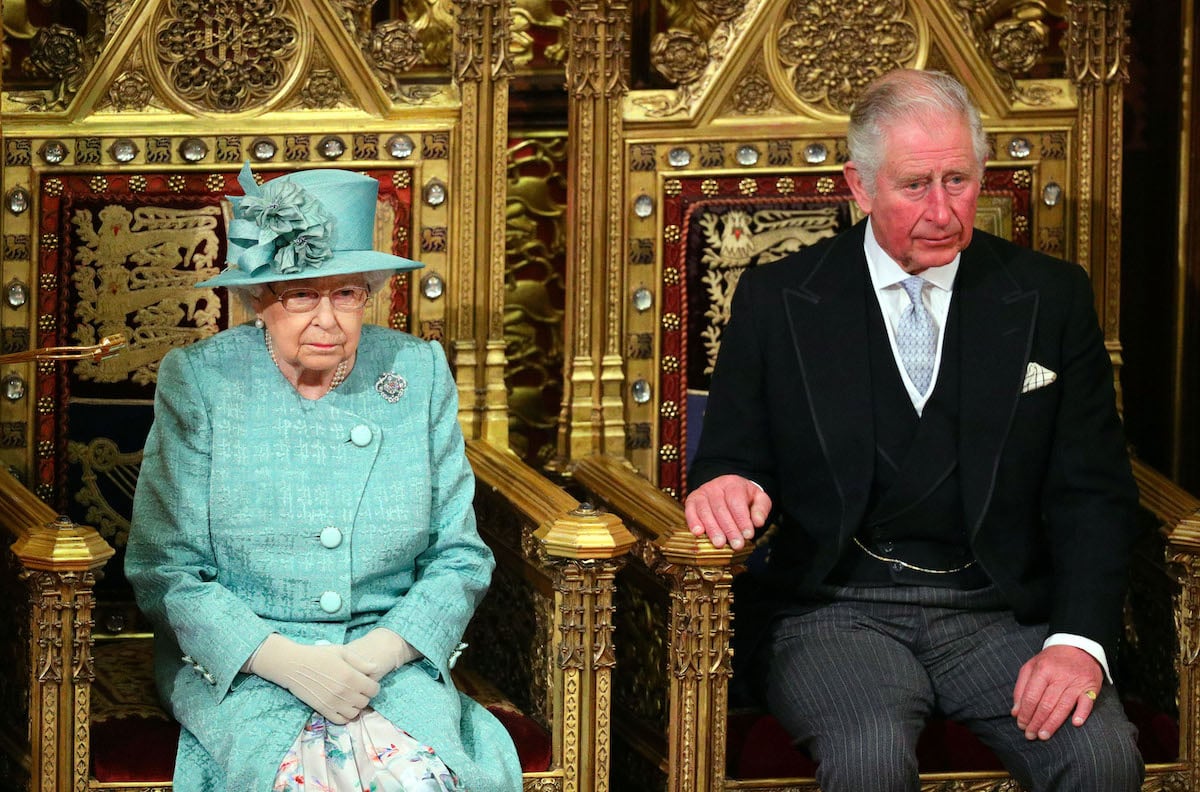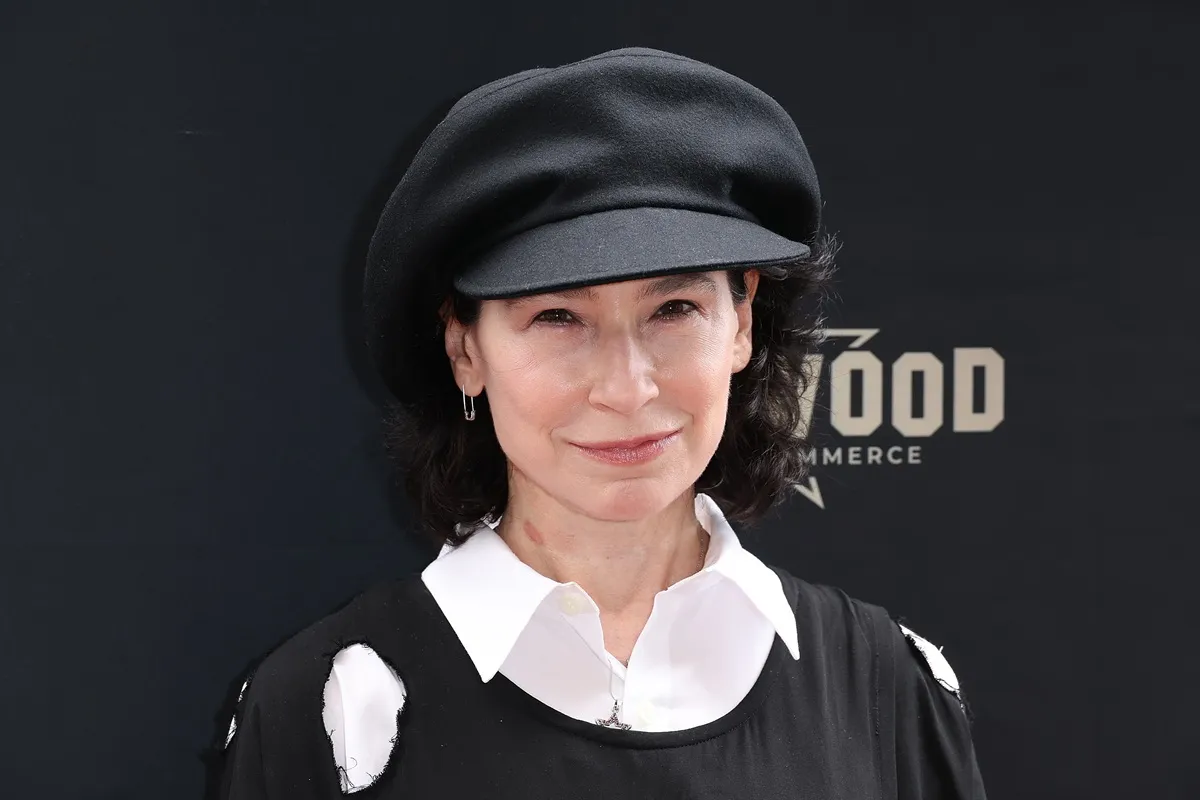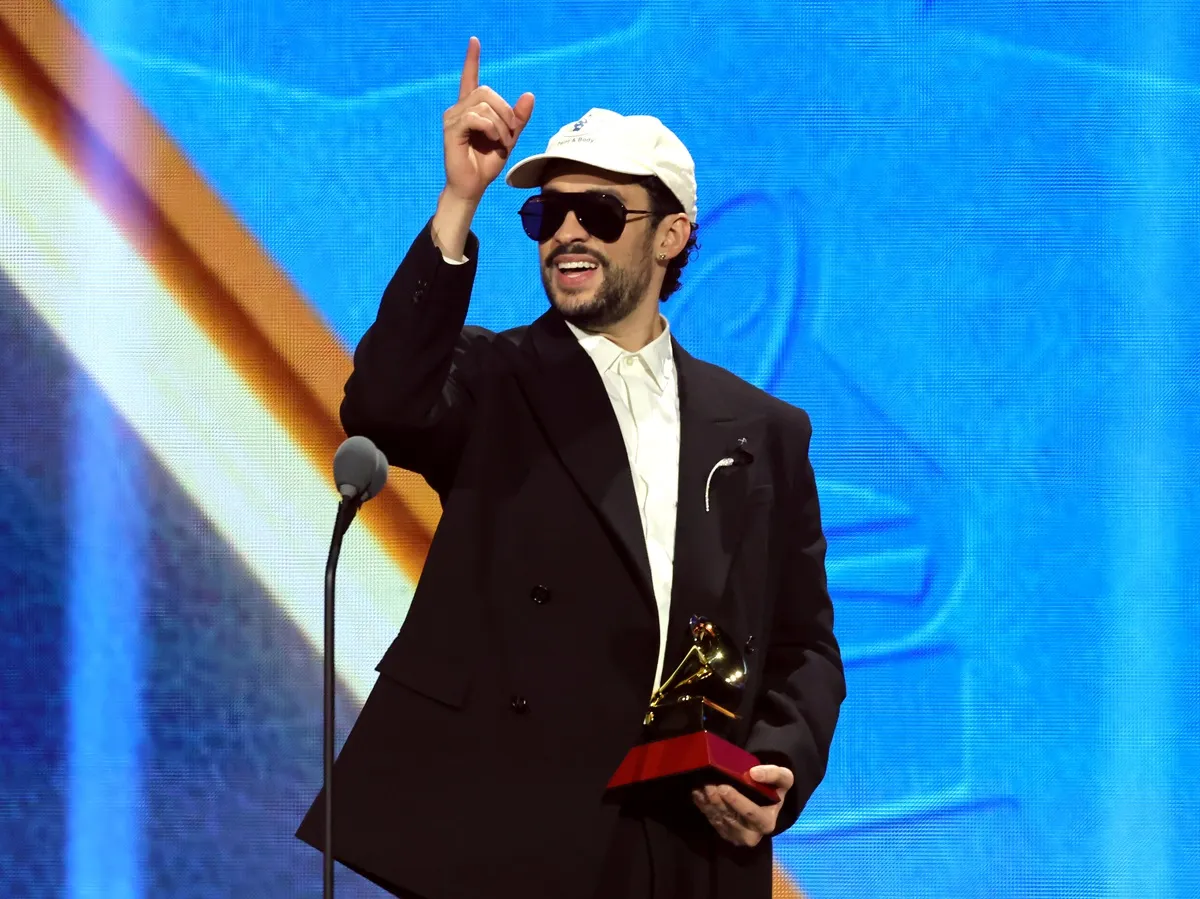
King Charles’ Body Language Shows He Could Be a ‘Very Different Monarch’ Than Queen Elizabeth, Says Expert
King Charles III led his first Remembrance Sunday as king on Nov. 13, and his body language showed he might be a “very different monarch” than Queen Elizabeth, according to an expert. Here’s what a body language analyst observed and what it predicts about King Charles’ reign.

King Charles followed in Queen Elizabeth’s footsteps by laying a wreath on Remembrance Sunday
On Nov. 13, King Charles III led the first Remembrance Sunday since the death of Queen Elizabeth, who ruled for seven decades.
Before inheriting the throne, Charles laid a wreath at the Cenotaph on Remembrance Sunday on his mother’s behalf when she was in poor health. But Sunday marked the first time he laid a wreath as king and led the nation in honoring fallen soldiers.
The service, which takes place every year at Cenotaph in Whitehall, honors those who died in combat. It begins with two minutes of silence at 11:00 a.m. before wreaths are laid.
Queen Consort Camilla, who watched the service from a balcony overlooking the Cenotaph, had an equerry lay a wreath on her behalf. This was the first time Camilla had a wreath to represent her at the Remembrance Sunday service (per Town & Country).
King Charles’ body language shows he is ‘different’ after the death of Queen Elizabeth
Body language and behavioral expert Darren Stanton analyzed King Charles’ actions on Remembrance Sunday. Speaking on behalf of Slingo, the expert noted that Charles has changed since the death of Queen Elizabeth.
“It’s interesting to see the dynamics on display seeing as this is the first Remembrance Day in recent memory without the Queen,” said Stanton. “King Charles seems to be different now he has his Royal responsibilities as king and I think he has embraced the situation well since it is only a matter of months since he lost his mother.”
He added, “I think he is doing impeccably to conduct his royal duties and the same goes for Prince William. Overall I think between the King and Camilla, and William and Kate we are seeing the templates for the senior Royal family who want to be much more present and visible.”
The monarch’s ‘visible emotion’ on Remembrance Sunday differentiates him from his predecessor
The body language expert also noted that the way King Charles expresses emotion signifies that he could be a very different ruler than Queen Elizabeth.
“I think one of the most significant and poignant parts of the whole ceremony was King Charles’ facial expressions,” said Stanton. “At times he was demonstrating real, genuine sadness, sorrow and upset shown via his facial expressions as his eyebrows were together and his facial muscles were down which tells me as a communications expert that his true emotion internally was one of sadness. As he stood there quietly it was a moment of contemplation not just for the loss of the fallen soldiers, but perhaps he was also reflecting on the loss of his mother and thinking about her as he waited to lay the wreath.
Charles’ behavior demonstrated that he is “much more accessible” as a ruler than his mother was. “By showing this very visible emotion and from the way he has interacted with the crowds at other occasions during his reign so far, it seems as though King Charles could be a very different monarch from the late Queen,” Stanton said. “That is not to say that the Queen was not sympathetic, however, it feels as though Charles is much more accessible in ways the Queen wasn’t.”
Showbiz Cheat Sheet acknowledges conditions and cultures can impact body language and is sensitive to all backgrounds.


